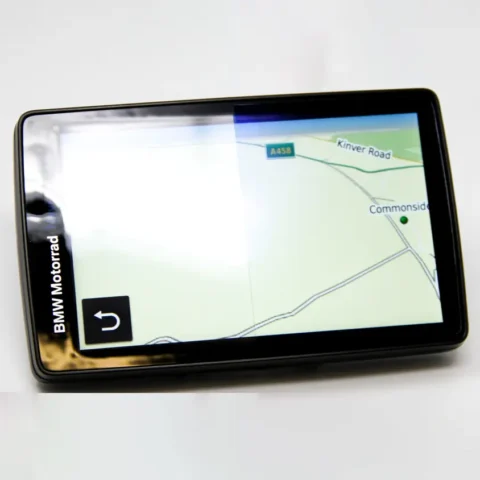
Say Goodbye to Glare: The Essential Garmin Nav 6 Anti-Reflective Film
With the Garmin Nav 6 Anti-Reflective Film, you can say goodbye to shading a screen in harsh sunlight
NOTICE: Any orders placed from 28th July to 3rd August will not be dispatched until 4th August

With the Garmin Nav 6 Anti-Reflective Film, you can say goodbye to shading a screen in harsh sunlight

Industry leading vacuum deposited ITO, Optical & Anti-Reflection Coatings manufacturer Diamond Coatings service customers based all over the world, including companies of any size and companies that produce/supply a range of diverse products.

Our US division of Diamond Coatings attended the Automotive Interiors Exhibition. It was suitable the event was held in Michigan, famed globally for its motoring industry. The exhibition ran for three days where Diamond Coatings showcased our extensive range and capabilities to all the major players in the car industry.

Diamond Coatings will this year be exhibiting at the Michigan (Novi) Automotive Interiors Expo. A must for all major car manufacturers/tier 1 suppliers’ design teams, this Expo enables you to see & keep up with the ever-new innovations contributing to the continually evolving world of automotive interiors.

Established in 2002, Diamond Coatings have become an industry leading manufacturer of Optical and Indium Tin Oxide (ITO) Coatings. To date, we have supplied in excess of 8 million lenses for automotive overhead lighting consoles to luxury car manufacturers.

Diamond Coatings are pleased to launch our newly developed AR1617 Anti-Reflective Coated PET film to further enhance our comprehensive product range.

Diamond Coatings have over the past 15 years amassed a wealth of experience in the wet spraying of both conductive and non-conductive paints and materials and have sprayed and supplied in excess of 3 million parts to the military, aerospace and automotive industries.

As approved solution providers to aerospace industry leaders, Diamond Coatings specialize in aircraft and helicopter canopy Heater & EMC Windows. Diamond Coatings Heater & EMC Canopy window types ensure the safe operation of the aircraft for crew and passengers.

Diamond Coatings are pleased to announce the addition of Aluminosilicate Dragontrail Glass (AGC) and Gorilla Glass (Corning) to our already extensive range of glass types.

We here at Diamond Coatings are extremely excited to announce that our extensive range of conductive PEN and PET Films; ITO Coated Microscope Slides and Coverslips and much, much more is now available directly from our brand-new Diamond Coatings Shop.